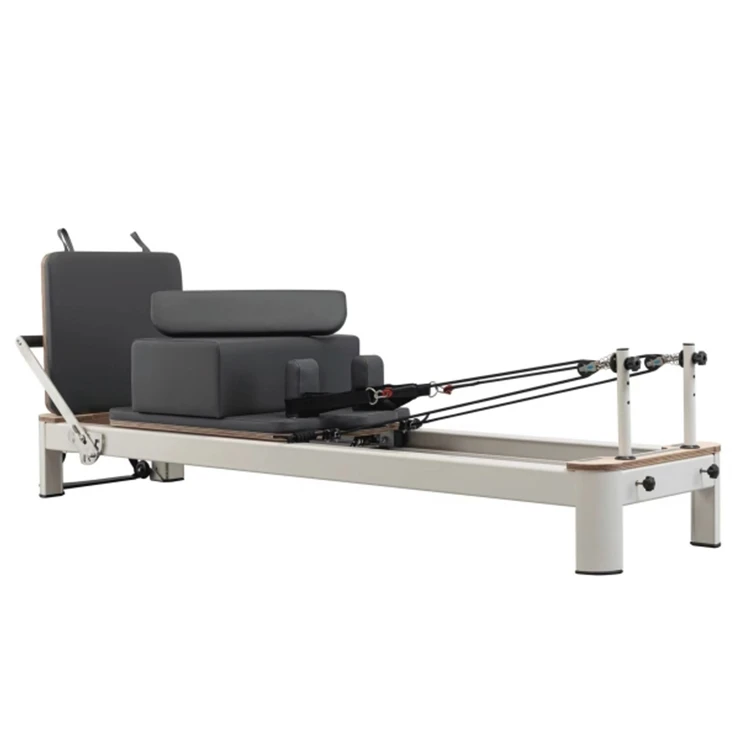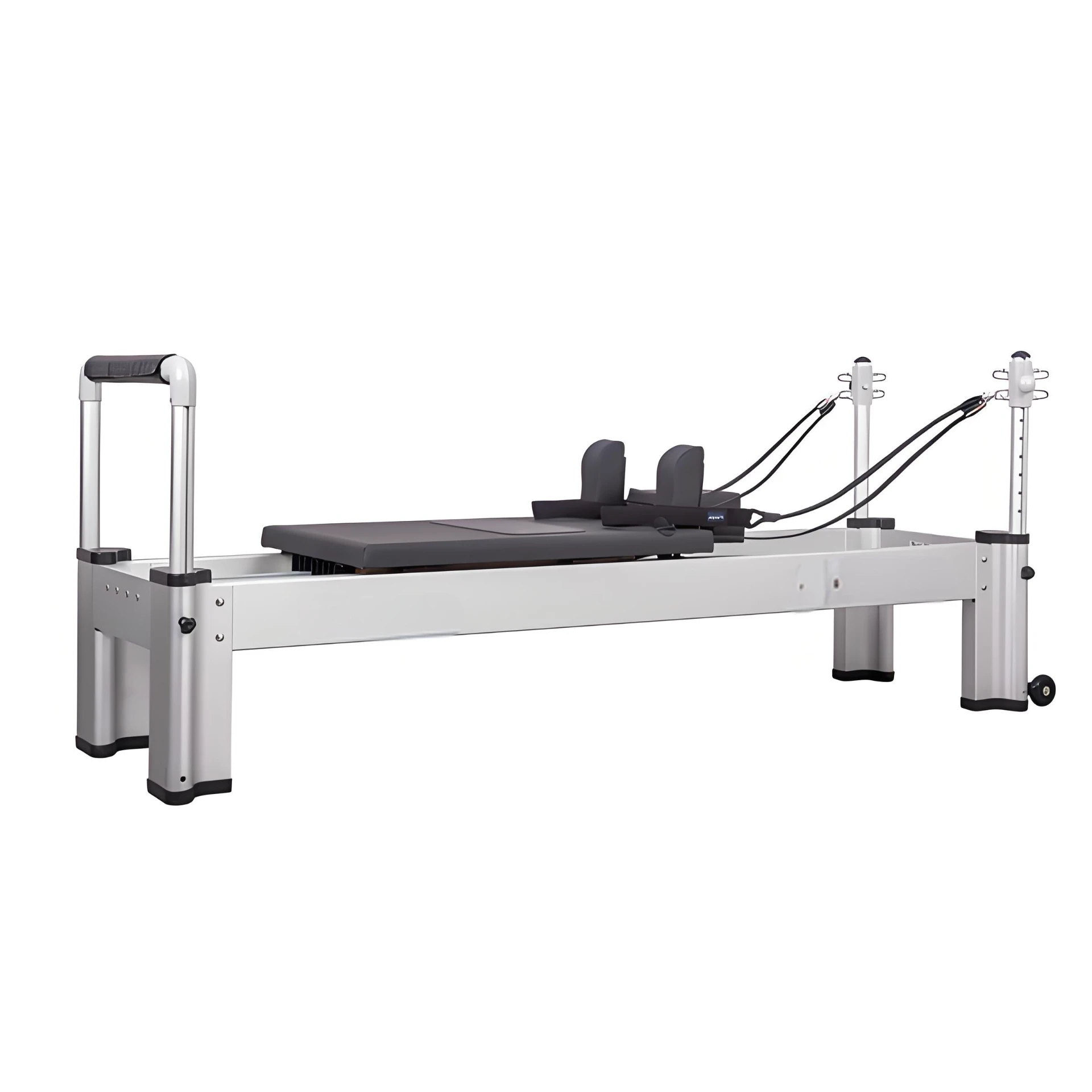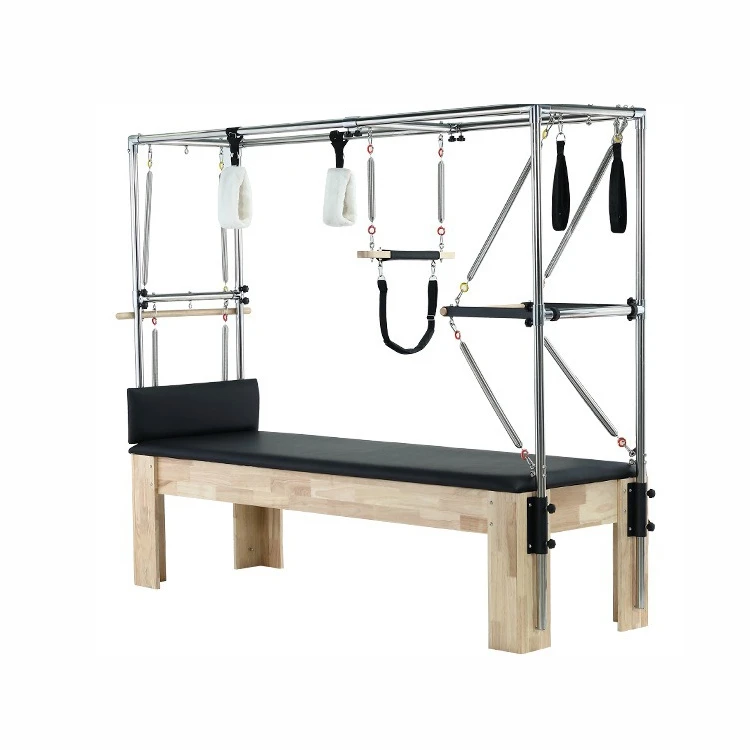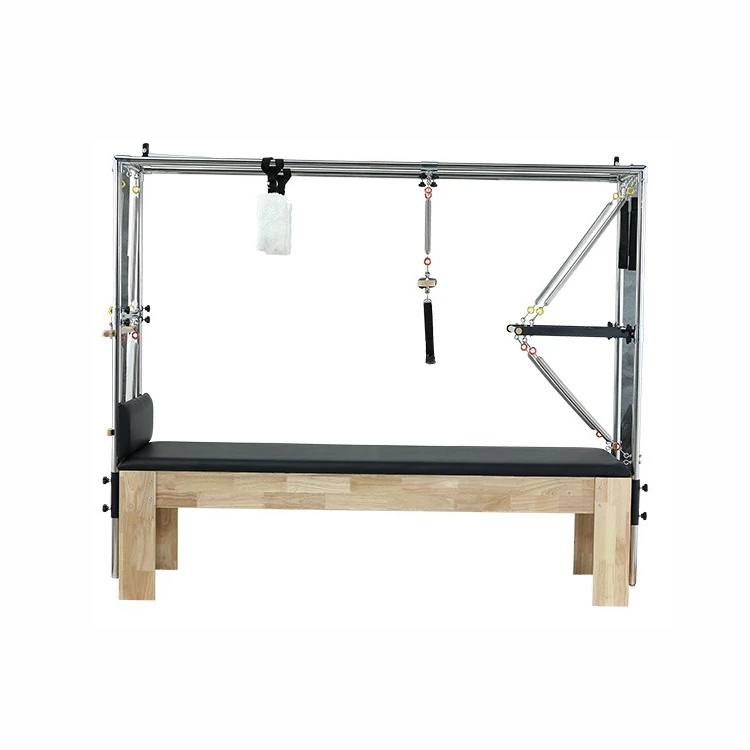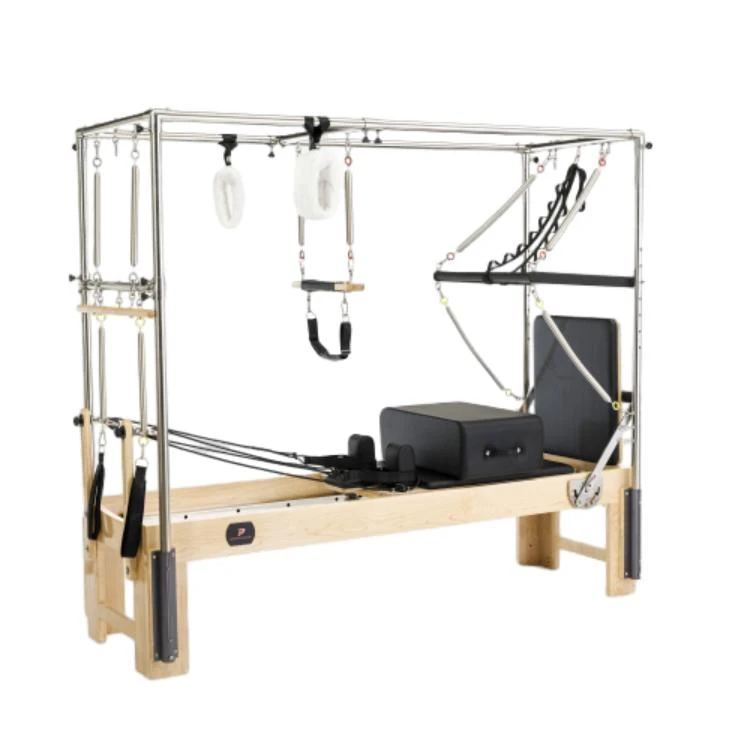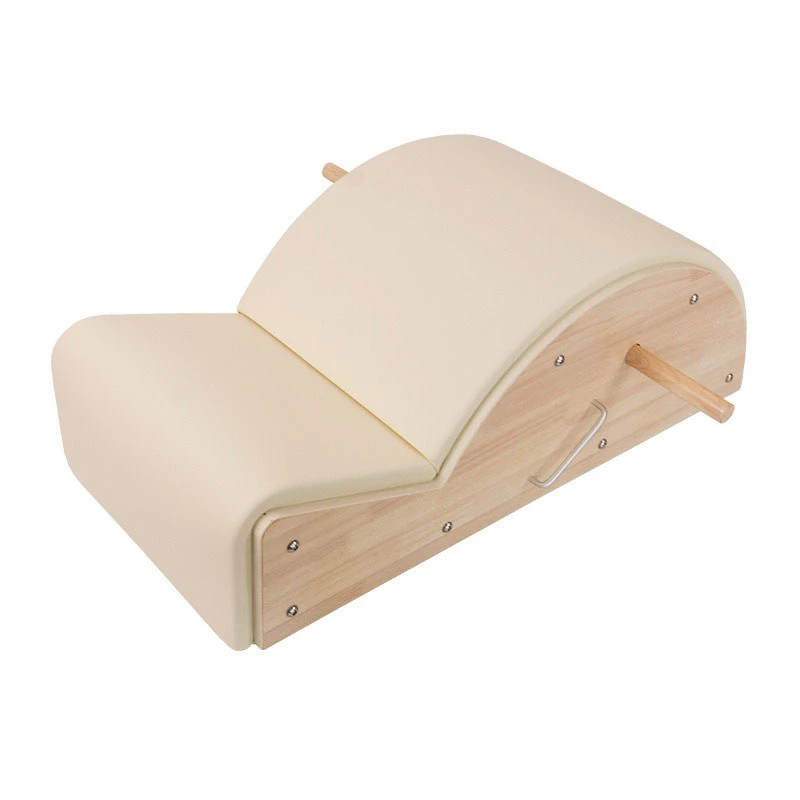Premium Foam Spine Corrector for Pilates & Posture Alignment
Evolution and Market Dynamics of Advanced Spine Correctors
The landscape of rehabilitation and fitness equipment has undergone significant transformation, with a notable shift towards specialized tools designed for precise anatomical support and enhanced exercise efficacy. Among these, the foam spine corrector has emerged as a cornerstone device, primarily within Pilates, physical therapy, and athletic conditioning environments. Its design, rooted in ergonomic principles, facilitates spinal articulation, strengthens core musculature, and improves posture, addressing a broad spectrum of user needs from post-injury rehabilitation to advanced athletic performance enhancement. Global market trends indicate a robust growth trajectory, driven by increasing awareness of musculoskeletal health, the rise of personalized fitness regimes, and an aging population seeking effective solutions for mobility and pain management. Recent industry reports highlight a compounded annual growth rate (CAGR) of 6.5% for the global Pilates and Yoga equipment market from 2022 to 2029, with spine correctors forming a significant segment. This growth is not merely volumetric but also qualitative, focusing on enhanced material durability, improved ergonomic profiles, and sustainable manufacturing practices. Manufacturers are increasingly exploring advanced foam technologies, such as high-density EVA (Ethylene-Vinyl Acetate) and EPP (Expanded Polypropylene), to offer superior resilience, comfort, and longevity. The integration of data-driven design, informed by biomechanical research, ensures that contemporary foam spine correctors precisely support the natural curves of the spine, optimizing therapeutic and fitness outcomes. Competition, particularly from regions known for efficient manufacturing, introduces dynamic pricing strategies, reflected in terms like "spine corrector fiyat" (spine corrector price) becoming a key search query for consumers and businesses alike. As the market matures, differentiation will increasingly hinge on demonstrated product efficacy, adherence to international safety standards, and comprehensive customer support, moving beyond mere cost competitiveness to value-based purchasing.
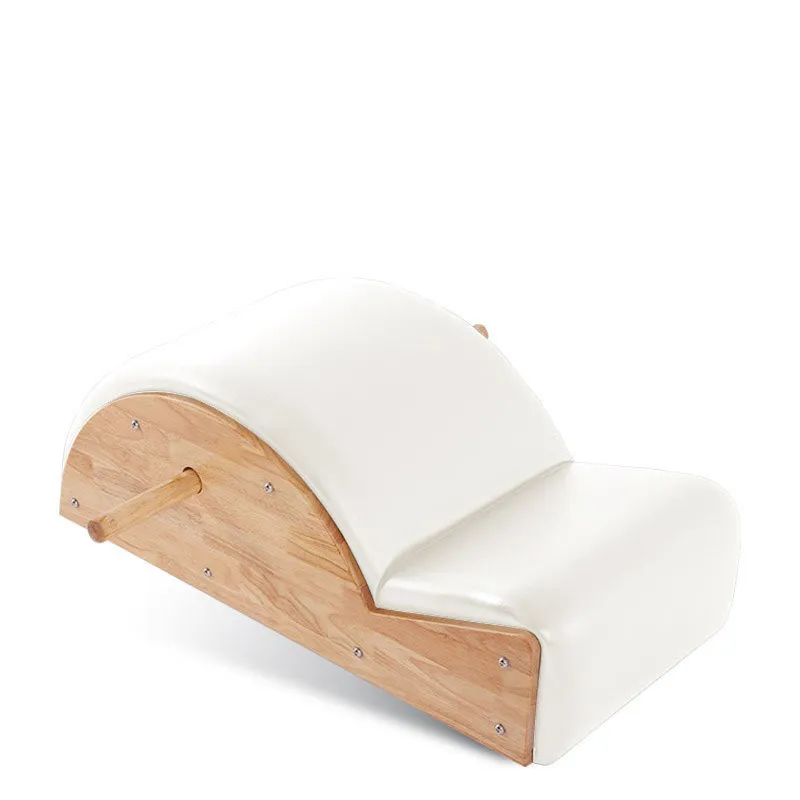
Precision Manufacturing and Material Specifications
The manufacturing of a high-quality foam spine corrector involves a meticulous multi-stage process, starting with the selection of premium materials designed for specific performance characteristics. Typically, the primary material for the barrel component is high-density EVA foam, chosen for its exceptional cushioning properties, resilience, and closed-cell structure which resists moisture absorption and bacterial growth. Some premium models might incorporate an internal wooden base, usually crafted from sustainably sourced birch or maple, providing enhanced structural integrity and stability, particularly for devices with higher weight-bearing requirements. The upholstery, if present, is often medical-grade PU leather, selected for its durability, ease of cleaning, and skin-friendly properties. The core manufacturing processes include precision foam molding or CNC cutting to achieve the exact ergonomic curves, followed by meticulous assembly where the foam body is securely bonded or attached to the wooden base. For upholstered versions, the cutting and stitching of the upholstery require specialized machinery and skilled craftsmanship to ensure a taut, wrinkle-free finish that withstands intensive use in a professional setting. Quality control is integrated at every phase, adhering to stringent international standards such as ISO 9001 for manufacturing process management, ensuring consistent product quality. Specific technical parameters, like foam density (measured in kg/m³ or lbs/cu ft) and Shore hardness (for evaluating material firmness), are rigorously tested to ensure optimal support and comfort. The typical lifespan of a commercial-grade foam spine corrector, when used under normal conditions, ranges from 5 to 10 years, contingent on the quality of materials and construction. This durability is critical for studio owners and rehabilitation centers that require robust equipment capable of sustaining frequent use by multiple clients. In terms of application, these correctors are indispensable in Pilates studios for enhancing spinal mobility and core strength, in physical therapy clinics for targeted rehabilitation exercises, and even in home fitness environments for general posture improvement and flexibility training. Their unique design allows for safe and effective deep stretches, improved spinal articulation, and targeted muscle engagement, offering distinct advantages over generic exercise props by providing specific ergonomic support that aligns with advanced biomechanical principles.
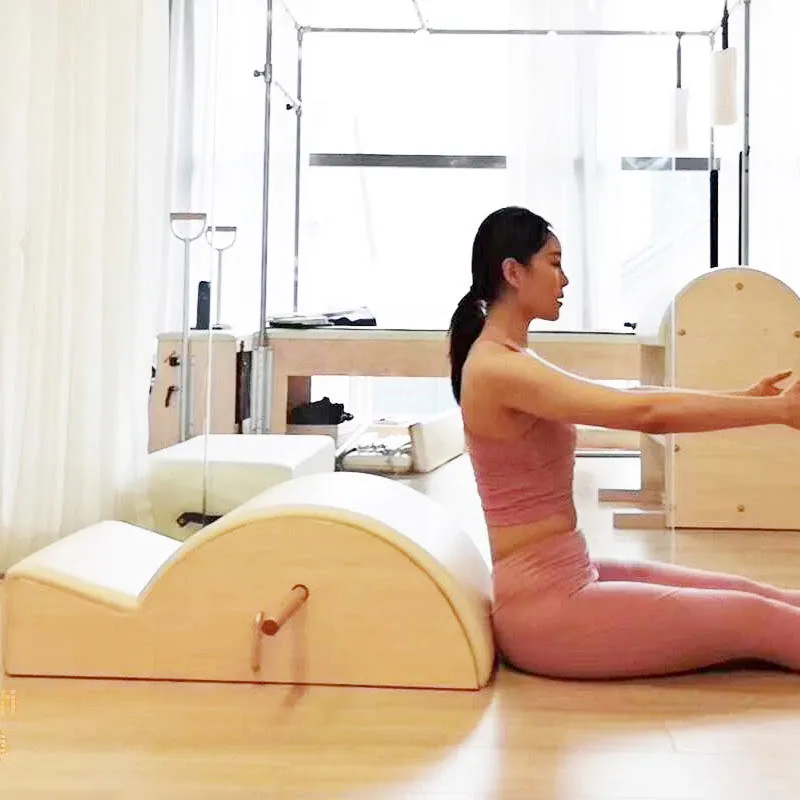
Technical Parameters and Performance Benchmarking
Evaluating a foam spine corrector involves scrutinizing a range of technical parameters that directly influence its performance, durability, and ergonomic effectiveness. Key specifications include overall dimensions (length, width, height, and barrel diameter), which dictate the range of exercises that can be performed and its suitability for users of varying heights. Weight capacity is another critical factor, ensuring the device can safely support a broad spectrum of users. Material density, often expressed in kilograms per cubic meter (kg/m³) for foam or pounds per cubic foot (lb/ft³), directly correlates with the foam’s resilience and lifespan, with higher densities generally indicating greater durability and less compression over time. Shore hardness, a measure of material stiffness, determines the comfort level and the degree of support offered; an optimal range balances firmness for support with enough give for comfort. For products like the Pilates Spine Corrector Barrel Dimensions For Varied Exercises, manufactured by Pilatesports, these dimensions are specifically engineered to facilitate a comprehensive array of Pilates exercises, from foundational spinal articulation to advanced core strengthening movements, demonstrating a commitment to biomechanically sound design. Performance benchmarking against industry standards is essential. For instance, reputable manufacturers ensure their products meet or exceed general safety requirements for fitness equipment, such as those outlined by ASTM International or CE directives, particularly concerning stability, material toxicity, and structural integrity. Laboratory testing often includes load-bearing tests, fatigue tests to simulate years of use, and material rebound tests to assess foam resilience. The efficacy of a spine supporter pilates tool is also evaluated by its ability to provide accurate feedback to the user, guiding proper spinal alignment and muscle engagement. In this context, features like non-slip bases, integrated handles, and modular designs (for attachable components) contribute significantly to user experience and versatility. The table below provides a generalized overview of typical technical specifications for commercial-grade foam spine correctors, offering a reference point for prospective buyers seeking robust and effective equipment.
Typical Foam Spine Corrector Technical Specifications
| Parameter | Typical Range (Commercial Grade) | Significance |
|---|---|---|
| Length | ~90-100 cm (35-39 inches) | Accommodates various body heights. |
| Width (Base) | ~30-35 cm (12-14 inches) | Ensures stability during exercises. |
| Height (Highest Point) | ~35-40 cm (14-16 inches) | Ergonomic support for spinal curves. |
| Barrel Diameter | ~20-25 cm (8-10 inches) | Influences spinal articulation range. |
| Foam Density | ~60-90 kg/m³ (3.7-5.6 lb/ft³) | Indicates durability and compression resistance. |
| Shore Hardness (C or D Scale) | ~35-50 Shore C | Measure of foam firmness and comfort. |
| Weight Capacity | ~150-200 kg (330-440 lbs) | Maximum user weight for safe operation. |
| Material Composition | High-density EVA foam, Wood (Birch/Maple), PU Leather | Durability, comfort, and hygiene. |
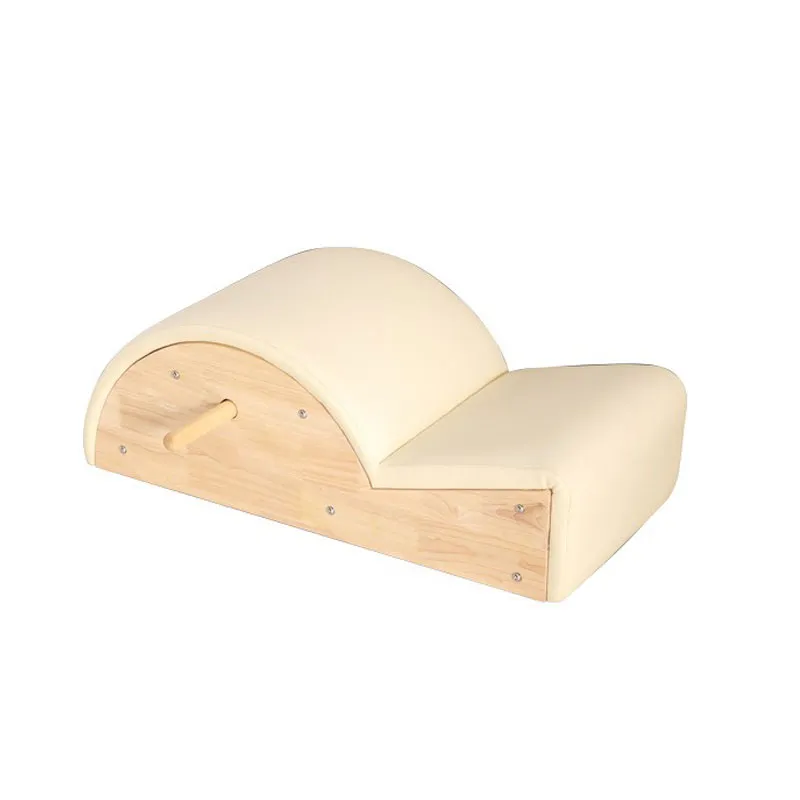
Strategic Advantages, Custom Solutions, and Application Excellence
The strategic advantages of integrating a high-quality foam spine corrector into a fitness or rehabilitation practice extend beyond basic exercise support. These devices are pivotal for enhancing specific Pilates movements, enabling deeper stretches, precise core engagement, and improved spinal articulation that might be challenging or unsafe on a flat mat. For instance, the unique curvature of the barrel supports the lumbar curve during abdominal work, reducing strain and allowing for more effective muscle activation. In rehabilitation settings, the controlled support offered by the spine corrector facilitates safe mobilization of the spine, crucial for individuals recovering from back injuries or seeking to improve postural alignment. Customer feedback consistently highlights the device's role in mitigating back pain, enhancing body awareness, and accelerating progress in Pilates practice. Leading manufacturers, such as Pilatesports, often collaborate with certified Pilates instructors and physical therapists to refine product designs, ensuring they meet the evolving needs of both practitioners and clients, thereby embodying genuine expertise and experience in the field. Beyond standard models, sophisticated vendors offer extensive customized solutions for the spine supporter pilates segment. This can include variations in dimensions to accommodate specific studio spaces or user demographics (e.g., taller individuals), choice of foam density for different therapeutic requirements, or even custom upholstery colors and branding for large institutional clients. Such bespoke manufacturing demonstrates a commitment to partnership and client-centric service. Consider a case study of "Harmony Pilates Studio," a mid-sized establishment that experienced a 25% increase in client retention after upgrading to custom-designed Pilatesports foam spine correctors, noting enhanced client comfort and perceived value. This upgrade allowed them to offer a wider range of specialized classes, differentiating them in a competitive market. Furthermore, adherence to certifications like ISO 9001, which governs quality management systems, provides verifiable assurance of a manufacturer's commitment to consistent quality and continuous improvement. This authoritative backing, coupled with transparent quality assurance processes and clear warranty statements (e.g., a 2-year limited warranty on structural integrity), fosters significant trust among B2B buyers seeking reliable, long-term investments.
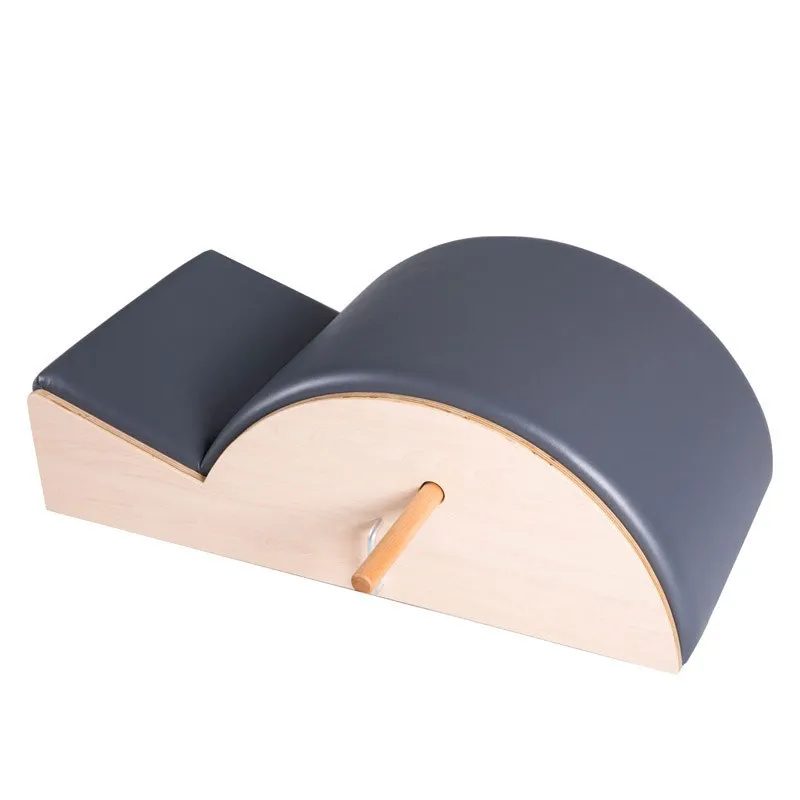
Ensuring Trust: FAQs, Delivery, and After-Sales Support
Building trust in the B2B sphere for products like the foam spine corrector necessitates transparent communication and robust post-purchase support. A comprehensive Frequently Asked Questions (FAQ) section serves as an invaluable resource, addressing common concerns regarding product care, assembly, material properties, and suitability for various user groups. For instance, questions often arise about the cleaning protocols for the upholstery (e.g., "How do I clean my spine corrector?"), the weight limit ("What is the maximum weight capacity?"), or the difference between foam densities ("Which foam density is right for my studio?"). Providing clear, concise answers upfront significantly enhances client confidence. Delivery logistics are equally crucial for B2B transactions. Reputable manufacturers provide clear delivery schedules, often stating a typical lead time of 2-4 weeks for standard orders and longer for customized solutions, along with tracking information and reliable shipping partners. International shipping capabilities, customs clearance support, and options for expedited delivery further strengthen a supplier's trustworthiness, particularly for global distribution networks concerned about "spine corrector fiyat" inclusive of logistics. Beyond delivery, a robust warranty commitment is fundamental. A standard warranty for a commercial-grade foam spine corrector typically covers manufacturing defects for a period of 1 to 5 years, excluding normal wear and tear. This commitment underscores the manufacturer's confidence in their product's durability and quality. Comprehensive customer support is also paramount, encompassing accessible channels like dedicated phone lines, email support, and online chat. Technical support should be readily available for troubleshooting or guidance on product maintenance. Furthermore, offering post-purchase resources, such as instructional videos or a library of exercises specific to the spine corrector, adds significant value and supports client success. For instance, Pilatesports provides extensive online resources and responsive customer service, ensuring clients maximize the utility and longevity of their equipment. This holistic approach to customer engagement and support solidifies trust, transforming a transactional relationship into a long-term partnership built on reliability and shared success.
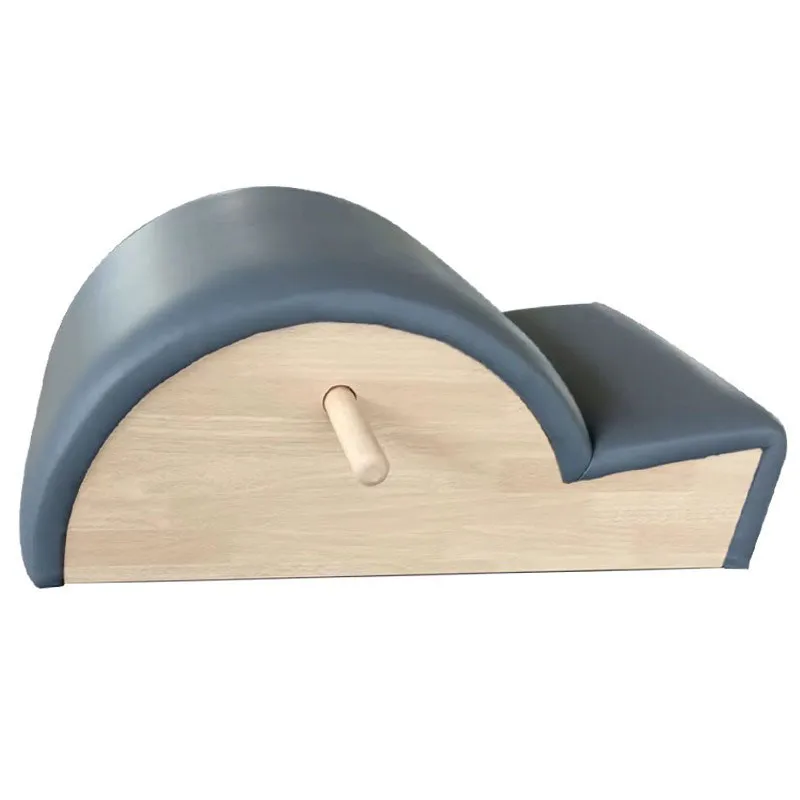
Authoritative References
- American Council on Exercise (ACE). (2023). The Efficacy of Pilates for Core Strength and Spinal Health. ACE Fitness Research Articles.
- Pilates Method Alliance (PMA). (2022). Pilates Equipment Standards and Safety Guidelines. PMA Certification Program Manual.
- Journal of Bodywork and Movement Therapies. (2021). Biomechanics of Spinal Articulation on Pilates Apparatus. Volume 25, Issue 3.
- International Organization for Standardization (ISO). (2015). ISO 9001:2015 Quality management systems — Requirements.
Latest news
-
Why Every Pilates Studio Needs a Ladder BarrelNewsAug.19,2025
-
Why Every Home Gym Needs a Pilates ChairNewsAug.19,2025
-
Understanding the Different Types Of ReformersNewsAug.19,2025
-
The Complete Buyer's Guide to Pilates Spine Corrector Barrels for StudiosNewsAug.19,2025
-
The Carlo Pilates Method: Blending Chiropractic Principles with MovementNewsAug.19,2025
-
How to Use a Pilates Cadillac for Full-Body WorkoutsNewsAug.19,2025
- Address
- Room 1601, 1302, Building A, Zijingguandi, Qiaodong District, Xingtai City, Hebei Province, China
- Sandra@raetin.com
- Phone
- +86 18231139331

